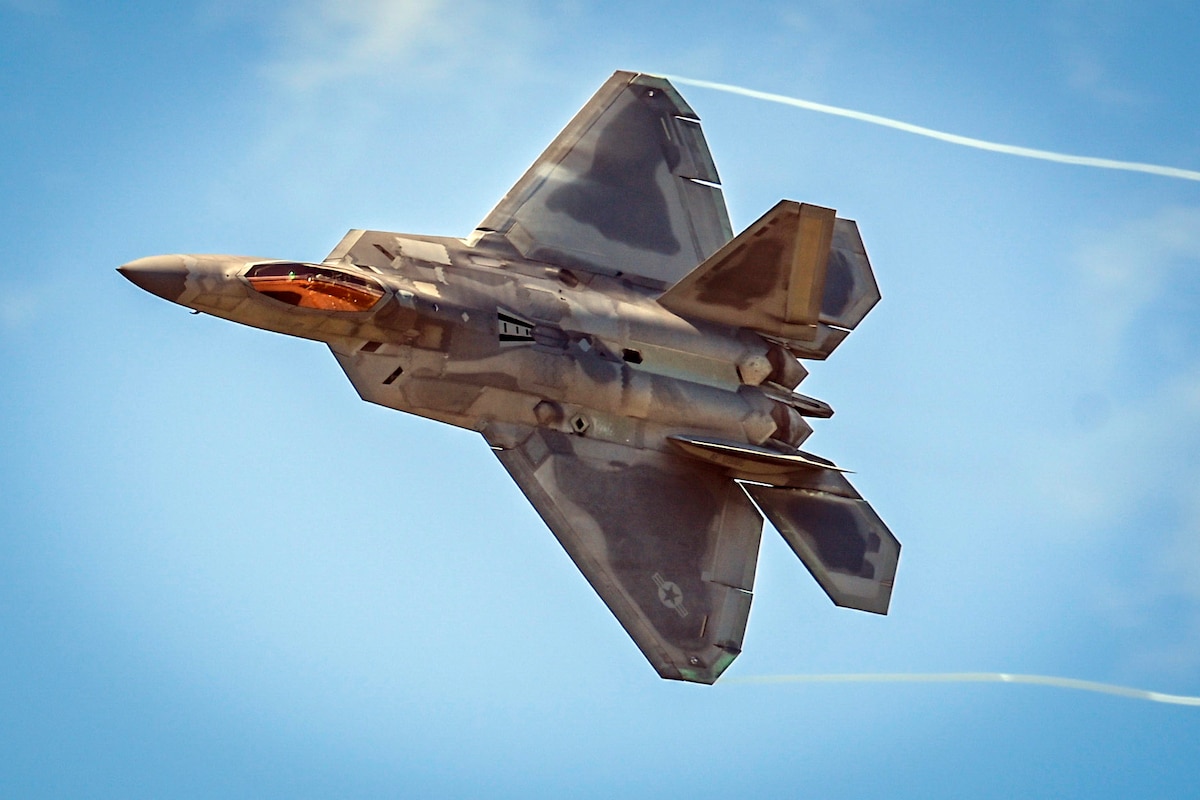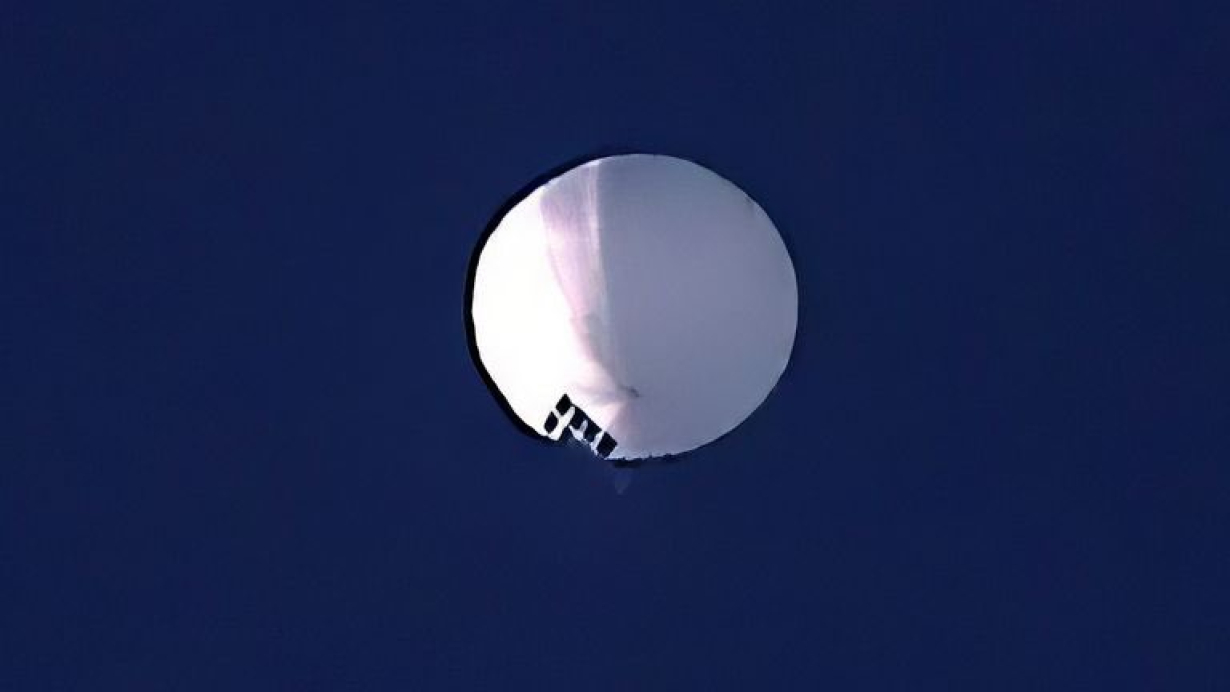In an unexpected twist, a new report suggests that an object initially believed to be a Chinese balloon, downed by an F-22 fighter jet in February over the Yukon territory in northern Canada, may belong to the category of ‘unidentified anomalous phenomena’ or ‘UAP.’
The UAP is the official term used for what is more commonly referred to as “unidentified flying objects” or “UFOs.” In the last few months, the Pentagon and American lawmakers have accelerated their investigations into what they call ‘unidentified anomalous phenomena’ or ‘UAP.
On September 6, CTV News, based in Canada, reported that in February, Canadian Prime Minister Justin Trudeau received a classified memo on “Unidentified Aerial Phenomena (UAP).”
Based on information obtained through a freedom of information request, the report revealed that an unidentified object was detected and shot down over northern Canada’s Yukon Territory on February 11.
The incident occurred shortly after an F-22 aircraft downed a Chinese spy balloon off the coast of South Carolina on February 4.

Between February 10 and 12, US fighter jets shot down three more unidentified objects, with the object mentioned in the “Secret” memo provided to the Canadian Prime Minister being one of them.
According to the information in the “Secret” memo, the Yukon object marked the 23rd occurrence of a so-called “UAP” tracked over North America during the first few weeks of 2023.
The memo clarified that the North American Aerospace Defense Command (NORAD) assigns sequential numbers to objects detected annually to monitor every unidentifiable object.
Further investigation shows that many of these objects are harmless and do not warrant higher-level reporting or engagement. In the case of Object #23, its purpose, means of propulsion, or affiliation with any specific nation-state remains unconfirmed.
Sent on February 14, the “Memorandum for the Prime Minister” was labeled as “Secret” and designated for “limited distribution,” the report noted.
It was CC’d to Trudeau’s national security advisor, Jody Thomas, and endorsed by Janice Charette, who at the time held the influential position of the clerk of the Privy Council.
Canada’s Privy Council Office, or PCO, is a centralized organization overseeing the country’s public service. Its primary role is to offer non-partisan assistance to the prime minister and the cabinet in formulating policy decisions.
Debris Not Found
In the wake of the February 4 incident involving the takedown of a suspected Chinese spy balloon, “UAP #23” was one of three unidentified objects that fighter jets intercepted over North America earlier this year.
It has been reported that the three objects in question were considerably smaller than the 200-foot-tall apparent Chinese surveillance device.
The Yukon object, identified on the afternoon of February 11, was swiftly intercepted and shot down on the same day by a US F-22 fighter jet. During this initial encounter, officials characterized it as a “suspected balloon” with a “cylindrical” shape.
The memo explained that NORAD Canadian CF-18 Hornets were also dispatched, but the F-22s were better positioned regarding time, space, and diminishing daylight conditions.
It concluded by assuring that as additional Unidentified Aerial Phenomena (UAP) are detected, updates and information will continue to be provided.

Efforts to recover debris from the Yukon object were terminated on February 17 due to the challenging winter conditions and the remote mountainous terrain.
The memo also noted an uncertainty regarding whether it poses an armed threat or possesses intelligence collection capabilities.
Furthermore, the area where the impact occurred serves as a known migration route for caribous, which increases the likelihood of future accidental discovery by Indigenous hunters.
The Canadian military consistently highlights that it generally refrains from investigating reports of unidentified or unexplained occurrences unless they are linked to credible threats, potential threats, or situations involving possible distress, such as those in search and rescue operations.
The classified document contained extensive redactions, citing national security and cabinet confidentiality as the primary reasons.
Nonetheless, Canada and the United States have a level of cooperation in addressing such phenomena, extending beyond national borders.
The Canadian military has historically focused on investigating unknown or unexplained phenomena when they pose credible threats.
This case appears to align with that criterion, further reinforcing the narrative that there has been a change in attitude toward UAPs in Canada and globally.
In the United States, this shift is exemplified by the increased investigations conducted by the Pentagon and NASA.
- Contact the author at ashishmichel(at)gmail.com
- Follow EurAsian Times on Google News




